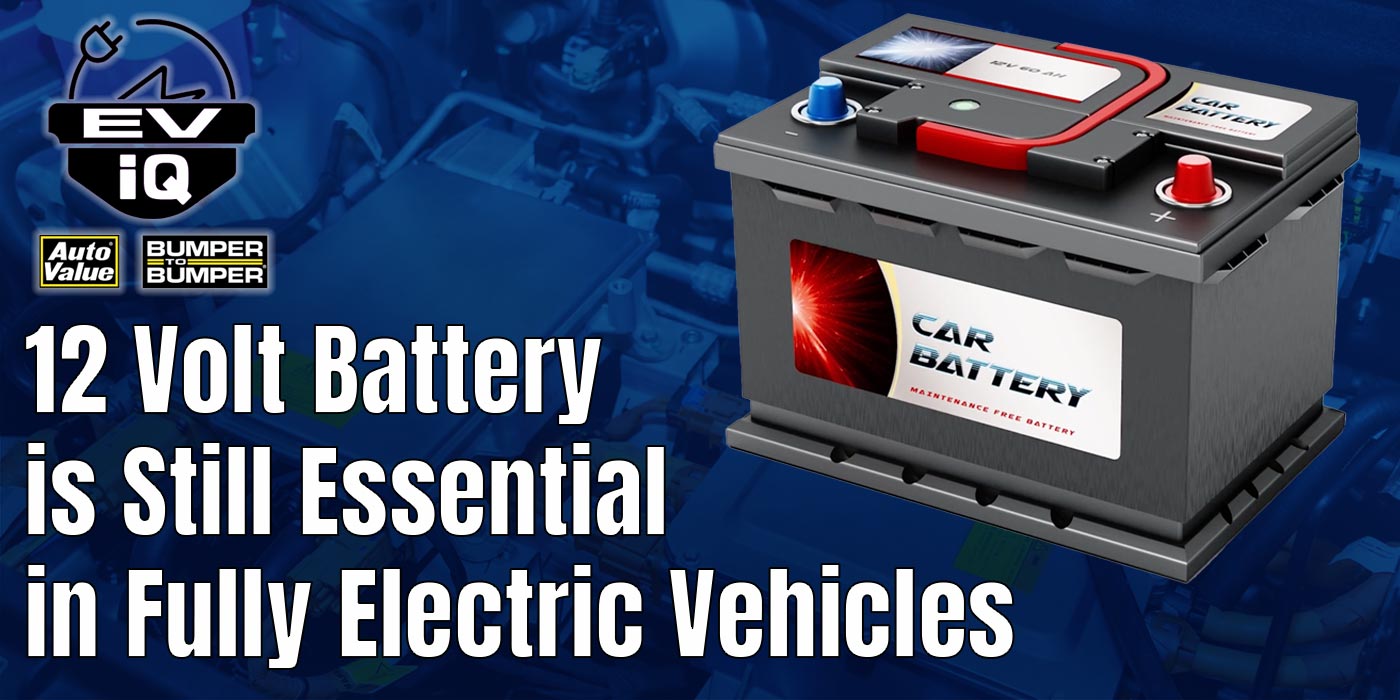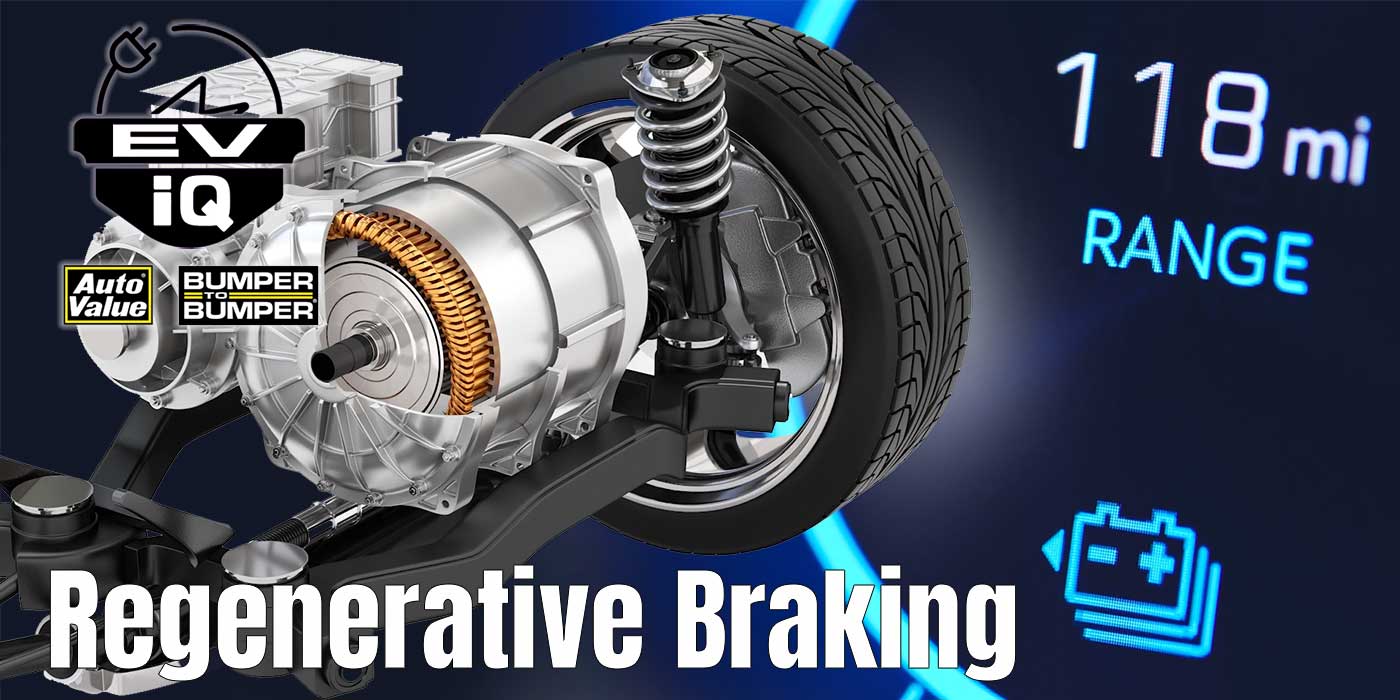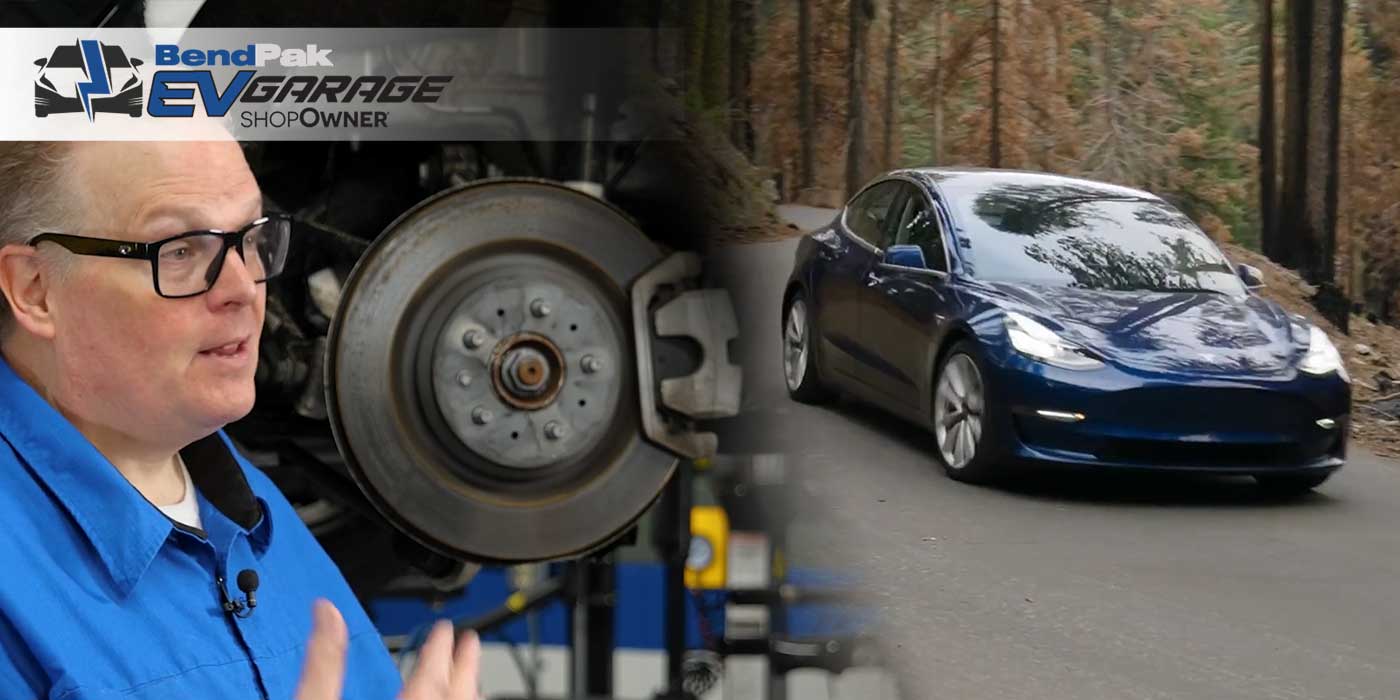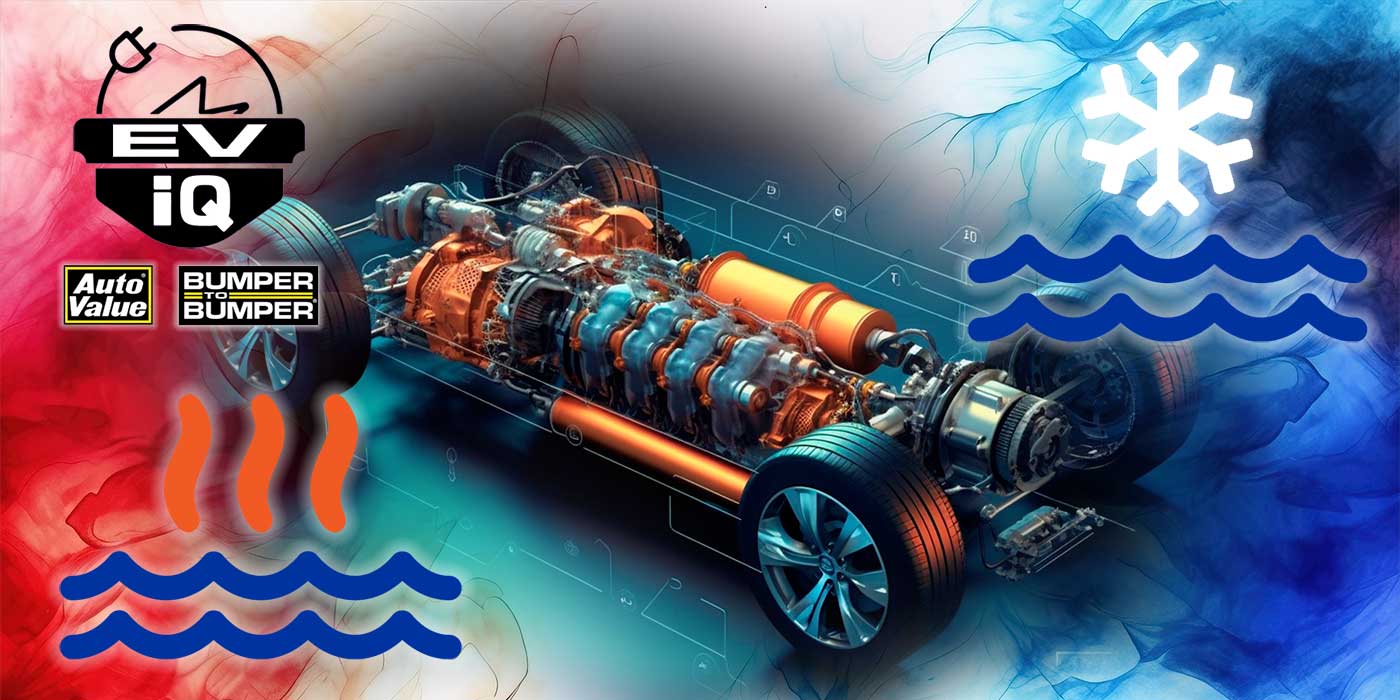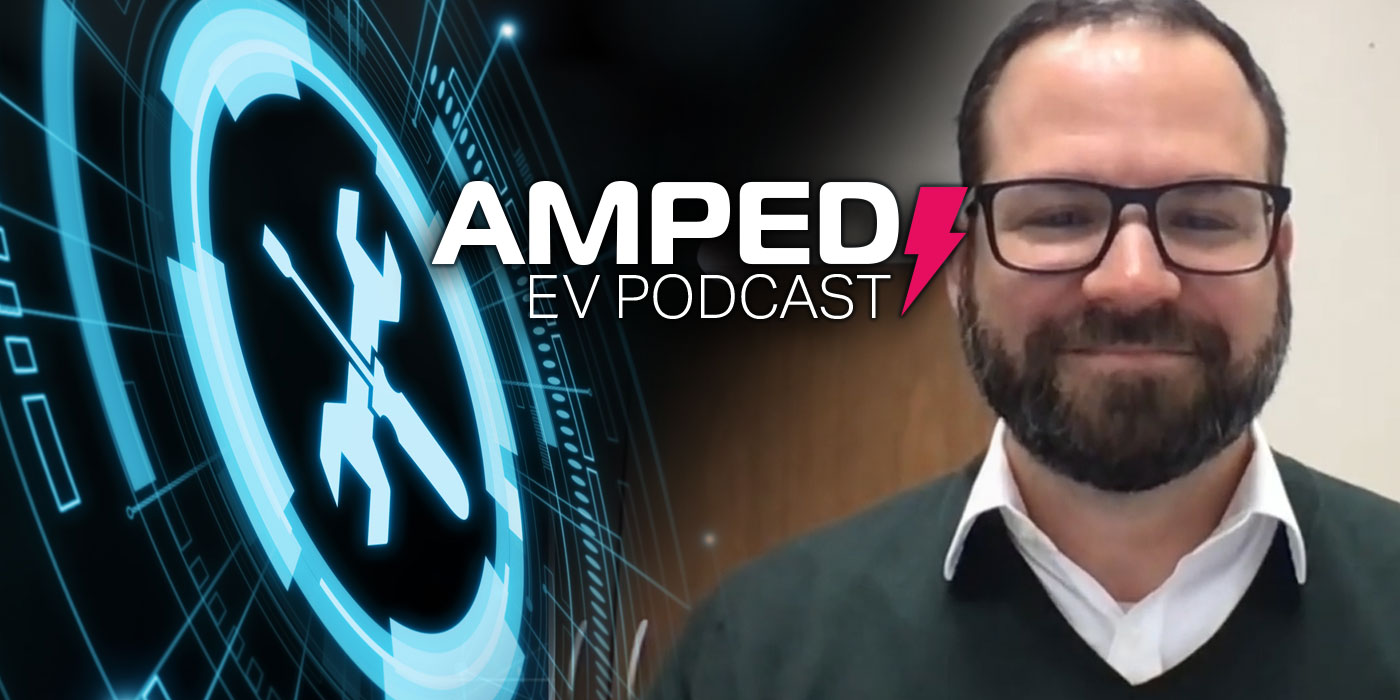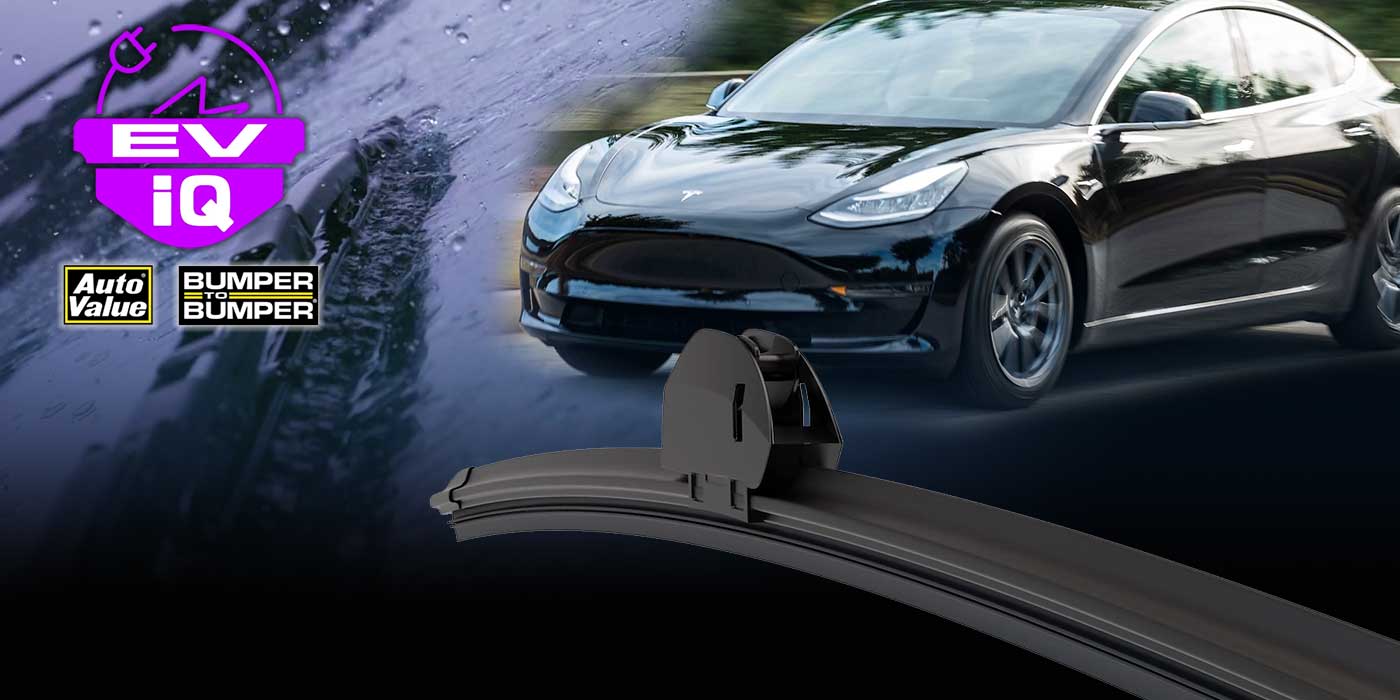EVs are without a doubt going to be a part of the automotive industry’s future. For many, all the Buzz surrounding these new-fangled vehicles all funnels down to one question: “How do I profit on these puppies?”
Maintenance and repair shops have been asking this question for a while now, because EVs are different… but, in many ways, the same. While there are a plethora of precautions and safety equipment needed to repair high-voltage battery systems in passenger cars, most other repair jobs on EVs are very similar to any other car on the road.
Think about it: An EV still needs a lot of the same maintenance work as conventional vehicles, including fluids like coolant, brake fluid and wiper fluid. It’s just… these vehicles are a little different, as EVs also don’t have too many fluids in general – I’m talking stuff like engine oil.
Look to the brakes and you find some sameness again. It has brake pads, it has tires, wiper blades, mirrors… But look under the hood and things get different, because there’s not much battery and motor maintenance to do on EVs.
In comparison to vehicles with internal combustion engines, consumers won’t be on the hook for quite as much maintenance, in general, over the life of an EV. By 2030, it’s possible we may begin seeing the effects of traditional aftermarket components, like brakes, for example, having significantly lower replacement rates than even those seen today.
However, keep in mind that the EV car parc in the U.S. is expected to be around only 4% that year – and all the while, repair shops can rest assured that EV maintenance can’t be flat-out ignored.
The data shows that the percentage of EVs on the road continues to go up in relation to internal combustion engine vehicles, and there will likely come a time when servicing the high-voltage systems will be both appealing and very marketable for shops. Those that want to start preparing for this shift now should be investing in safety and service training for technicians, as well as the appropriate safety and service equipment to keep those technicians safe while servicing EVs.
This means shops should have a specific space within the shop for EV repairs with limited access and entry to those who need to be there. Wearing personal protective equipment adds another level of protection.

